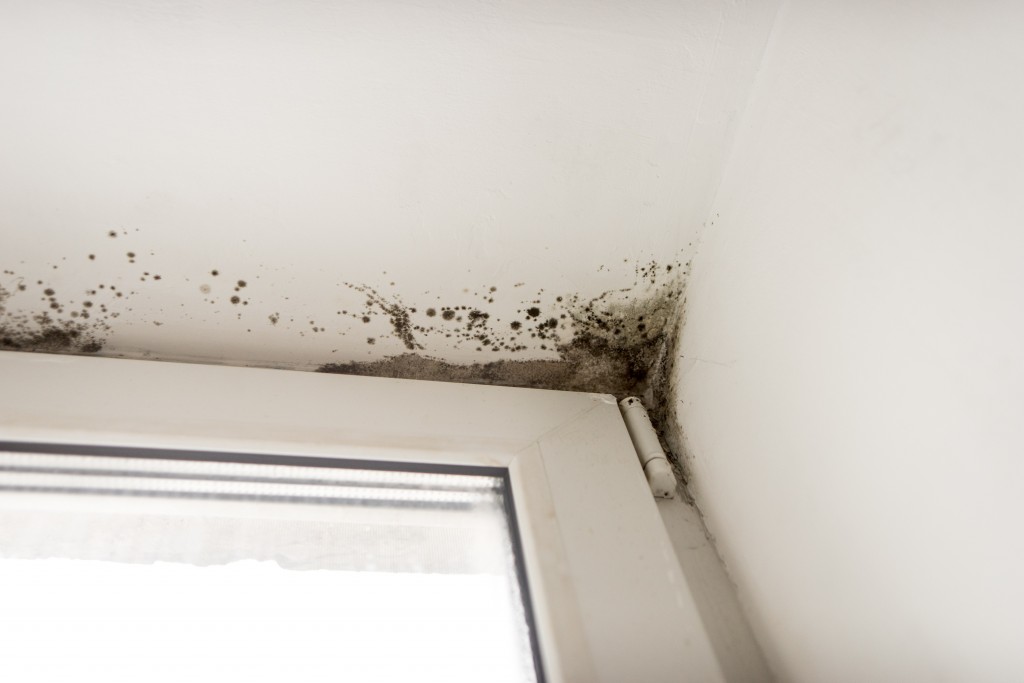Every household will need running water. Whether it’s giving sustenance to the body through hydration, washing clothes and kitchen utensils, or taking a shower, water is one of the most important necessities for every household. Water also comes in many forms and sources, and there’s no one way of supplying your home with water.
But when we use water for cooking or showering, it can easily evaporate, increasing the amount of moisture in the air. Nothing wrong with a bit of moisture and water in the air, right? Well, that’s not necessarily the case since moisture can slowly chip away at the structural health of your home. Moisture can be especially damaging to homes that are mostly comprised of wood. Wooden beams and surfaces will usually soak up water who can cause rotting and form unsightly molds.
So how do we effectively keep moisture out of our home? We’ll be discussing key pointers and tips in preserving your home’s structural integrity.
Controlling Moisture on Your Household
Fortunately, there are various ways of controlling and mitigating the effects of moisture on your household. You don’t necessarily have to buy expensive and complex equipment when there are simple and low-effort ways of keeping moisture at bay. Here’s what you’ll need to know.
Mind Your Home’s Entryways
First and foremost, you will need to pay attention to carpets placed on wooden or concrete floors. Carpets made of thick fabric are known for absorbing moisture, which can encourage the growth of organic materials. You will need to clean most of your carpets often to remove moisture.
Moisture doesn’t necessarily come from leaks or the humidity of the atmosphere in your area: it can also come from water seeping towards your foundations and the soil around your home. If you’re living in an area that experiences a good amount of rain every year, you might want to consider buying rubber mats online. Rubber mats are great at collecting dirt and absorbing water without getting too soaked in water. This is especially great if you have guests over but don’t want to have unwanted mud and water in your hallway and lobby.

Fixing Leaks
Leaks and water seeping towards nook and crannies are known for being one of the main culprits for water ponding in hard-to-reach areas. Once the water has seeped into many of these areas, it can be hard to root out the problem. One of the best ways of stopping leaks is by landscaping your home with an elevation, waterproofing, or excavating much-needed waterways.
Water in basements can often result from inefficient gutter systems or storm drains that can’t dispose of water in relatively safe areas.
Covering with Plastic
Another low-cost way of removing moisture from places that might seem hard to reach is covering dirt that might absorb water with plastic. This will effectively prevent moisture from getting into essential support structures. Still, you’ll need to ensure that your crawlspaces and alleys have good air circulation and ventilation.
Using Air Dehumidifiers
Not only are air conditioning units an excellent way of controlling the temperature in homes in hot and warm weather conditions, but they are also an effective way of removing moisture. Dehumidifiers and air conditioners can help balance the humidity in the air. However, it’s important to note that malfunctioning air conditioning units can often cause a sudden spike in moisture, leading to molds and mildews.
While running water is necessary for our lives, it can damage furniture and the overall structure of our home if they seep and cause damage in the form of moisture. Thus, controlling humidity and moisture can easily extend your home’s life expectancy.











